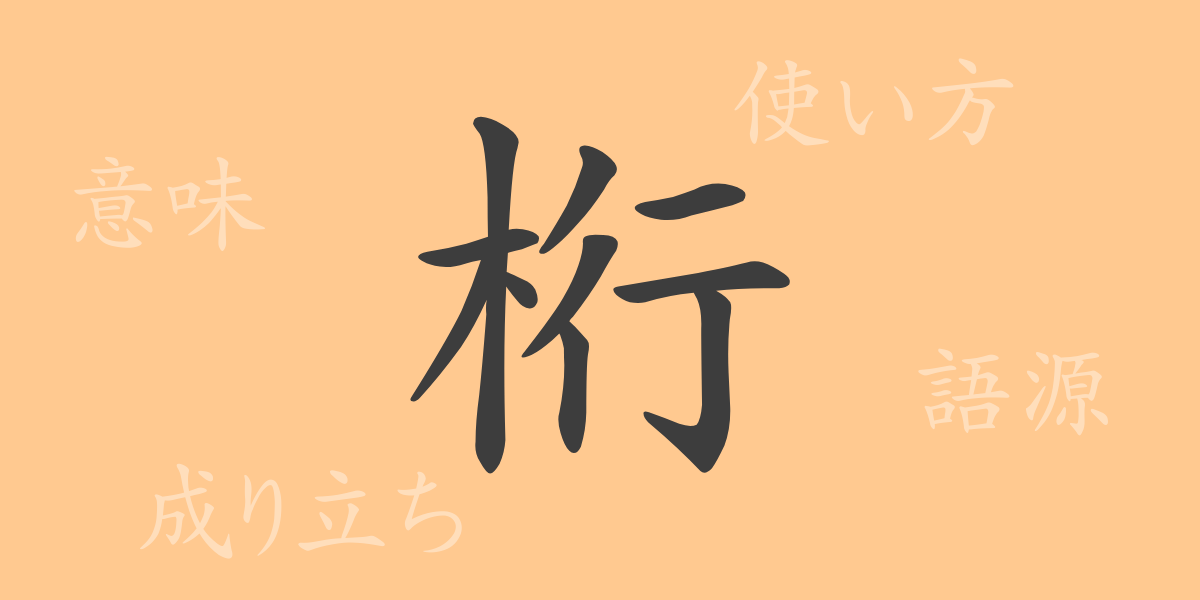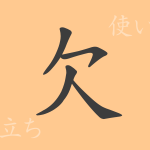In Japanese written language, kanji are indispensable for conveying information. Among these, “桁(けた, keta)” is a significant character used across various fields from mathematics to architecture. This article explores the rich meanings behind the kanji “桁(けた, keta),” delving into its usage, origins, and expressions in Japanese.
Origin of 桁(けた, keta) (Etymology)
The kanji “桁(けた, keta)” originated from ancient Chinese characters referring to beams or rods made from wood. Primarily used as an architectural term, it originally denoted the horizontal wooden beams supporting a roof. Over time, “桁(けた, keta)” also came to represent other concepts, including mathematical terms.
Meaning and Usage of 桁(けた, keta)
The kanji “桁(けた, keta)” has two main meanings. The first is in architecture, where it signifies a “beam” or “crosspiece,” referring to structural elements supporting roofs or floors. The second meaning is in mathematics, where “桁(けた, keta)” refers to a digit or place value. For example, “三桁の数字(さんけたのすうじ, sanketa no suuji)” means a number between 100 and 999.
Readings, Stroke Count, and Radical of 桁(けた, keta)
The kanji “桁(けた, keta)” has several readings and structural characteristics:
- Readings: On’yomi (Chinese reading) is “コウ(こう, kou),” and kun’yomi (Japanese reading) is “けた(keta).”
- Stroke count: 12 strokes.
- Radical: The radical is 木(きへん, kihen), which relates to wood.
Idioms, Expressions, and Proverbs Using 桁(けた, keta)
There are many idioms, expressions, and proverbs that include “桁(けた, keta).” For instance, “桁外れ(けたはずれ, ketahazure)” means something that exceeds the usual range or expectation, and “桁違い(けたちがい, ketachigai)” refers to a significant difference in quantity or degree. Both emphasize a substantial disparity. Additionally, “桁に上がる(けたにあがる, ketaniagaru)” originally referred to receiving a victory declaration in sumo and has since come to mean achieving great success.
Conclusion on 桁(けた, keta)
The kanji “桁(けた, keta)” possesses a wide range of meanings and uses that go far beyond its simple form. From architecture to mathematics and metaphorical expressions in everyday conversation, “桁(けた, keta)” is deeply embedded in Japanese culture and language. Through this article, we hope you have gained an appreciation for the depth and charm of “桁(けた, keta).”

























